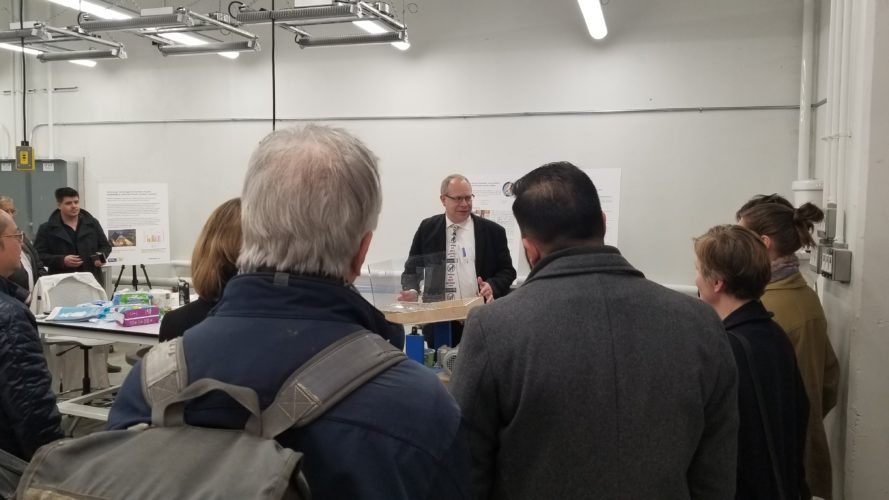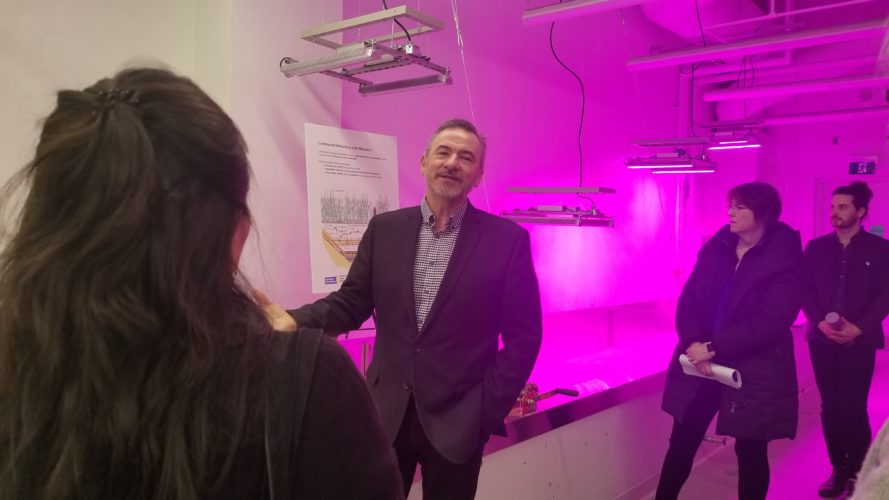The first-ever test of single-use wipes against rigorous criteria for flushability produced failing grade for all 101 products.
The findings are summarized in a report, Defining ‘Flushability’ for Sewer Use, that comes out of Ryerson University’s Flushability Lab at Ryerson Urban Water. Tests evaluated 101 single-use products, of which 23 were labeled as ‘flushable’ by the manufacturer. Results showed that not one single wipe was able to fall apart or disperse safely through the sewer system test. This can negatively impact household plumbing, municipal sewage infrastructure, and consequently, the environment.
“This research confirms conclusively what those of us in the industry already knew―that single-use wipes, including cleansing and diaper wipes, cannot be safely flushed, even those labelled as ‘flushable,’” said Barry Orr, master’s student in environmental applied science and management at Ryerson University. He is also the report lead, a sewer outreach and control inspector with the City of London, and an individual who has dedicated the last 25 years to protecting sewer system infrastructure.
“Manufacturers need to be regulated to properly label products, so that residents can make informed decisions that can save money, protect infrastructure, and the environment by properly disposing of wipes in the garbage,” added Orr.
To test the flushability of the samples, the researchers created a working model of the average home’s lavatory system from toilet to sewer, including the bends and slope, plus average water pressure typical of urban infrastructure. Each wipe was then tested to the wastewater industry’s specifications for toilet and drainline clearance plus disintegration. The report findings show that none of the wipe samples fell apart or dispersed enough to safely pass through the sewer system without a risk of clogging or causing damage to infrastructure.
Improper disposal of these single-use products has huge impacts not only on individual residences, but also on municipalities. In 2017 and 2018, the City of Toronto logged approximately 10,000 calls per year from residences due to “sewer service line-blocks” relating to factors such as disposal of non-flushable materials down household toilets.

In addition, the Municipal Enforcement Sewer Use Group has estimated that $250 million is spent annually across Canada for operations and maintenance related to the removal of blockages from equipment, due to the flushing of wipes and other non-flushable materials. Many of these wipes also contain synthetic fibres, including plastics, which can make their way into watersheds, harming water systems and wildlife. This occurs most often when clogged municipal infrastructure leads to overflows and spillage into local waterways.
“Defining ‘Flushability’ for Sewer Use clearly highlights the need for a legislated standard definition around the term ‘flushable,’ that ensures a product is safe to be disposed of down the toilet,” said Orr. “This will in turn lead to imposing stricter regulations for the labelling of products. The current practice is misleading consumers and creating harm on so many levels. This study is an important step towards regulating manufacturers to change their packaging.”
The Ryerson Flushability Lab forms part of Ryerson Urban Water, housed at the Centre for Urban Innovation in Toronto, Ontario. Ryerson Urban Water is a multi-disciplinary collective of experts whose research provides cost-effective solutions that support a healthy urban water cycle while promoting innovation in water education across societal boundaries.

“This important new research out of Ryerson Urban Water exemplifies the unintended consequences that can result from everyday actions taken by individuals and organizations,” said Nick Reid, executive director of Ryerson Urban Water. “Healthy cities depend on healthy urban water strategies, and we all play a vital role in this very delicate ecosystem.”
A copy of the full report is available here.









